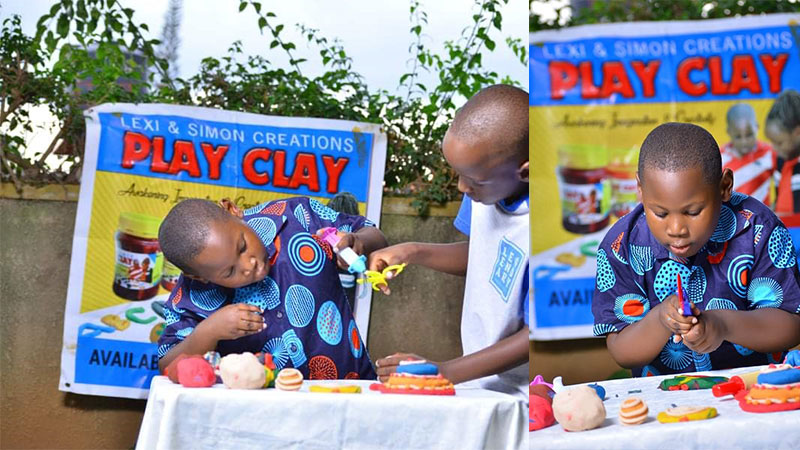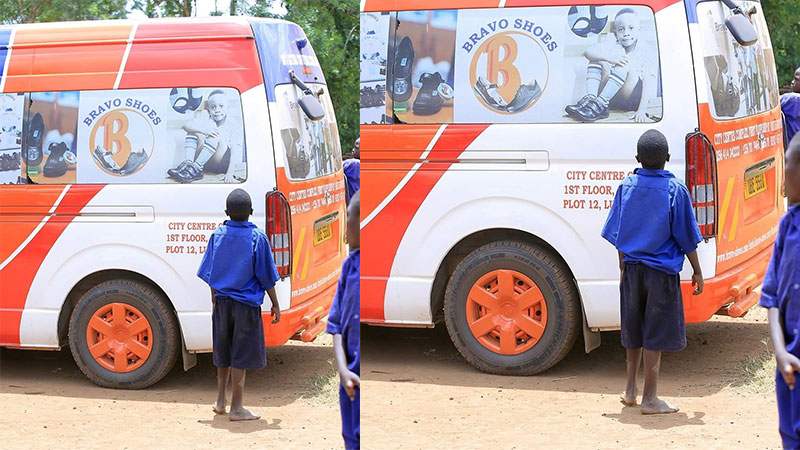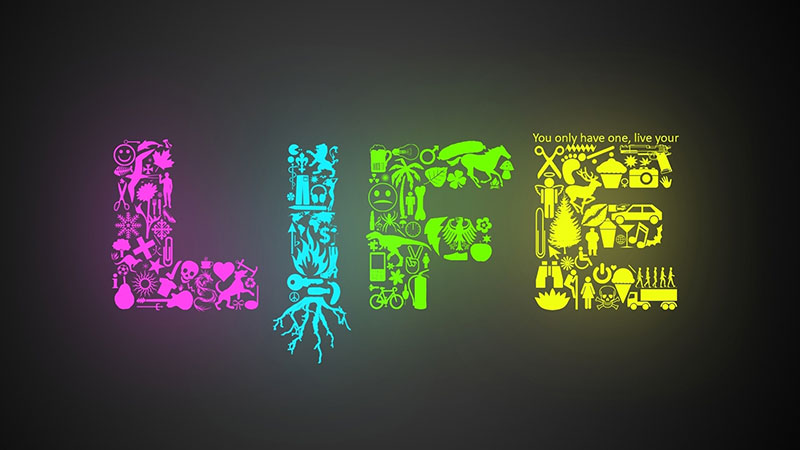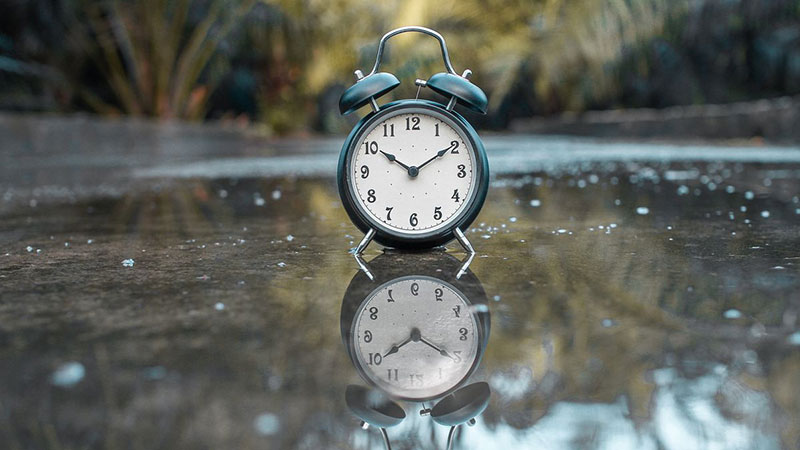- Your cart is empty
- Continue Shopping
Play clay aides *childhood development in some of the following ways

1. Flattening playclay with hands or a rolling pin. This provides arm and shoulder strength.
2. Roll a ball, sausage, or snake. This encourages symmetrical use of hands (when rolled on the table) and asymmetrical use of hands (when it’s rolled out between the palms of both hands).
3. Poke at it with tools eg beads, match sticks, or straws. This promotes hand and finger strengthening while enjoying symbolic play.
4. Find buried treasures like coins, beads, pebbles, or seeds. All kids love treasure hunts, but that’s not all; this develops their tactile system where they learn to tell what object is buried in just by using their touching sense.
5. Practice cutting with plastic knives, or racking the playclay with a plastic fork.
6. Cut the playclay with scissors and progress to cutting out lines and shapes. If the children are playing in a group of different ages, chances are they’ll learn some geometry from the older children.
7. Build basic 3D creatures out of the playclay. This creates independent thinking and problem solving skill.
8. Build shapes and letters by rolling out playclay into lines and curving them.
Let’s encourage our children to engage their minds creatively while experimenting with our PLAY CLAY. it comes in 500gms and 250gms at 15,000/= and 10,000/= respectively.





